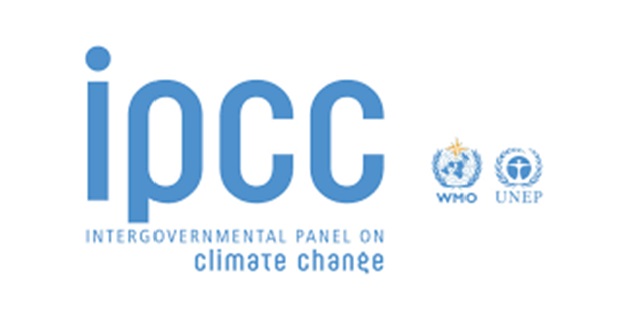Part 3 of 3 Parts (Please read Part 1 and Part 2 first)
One big stumbling block for the Interstellar Probe project is the fact that best heat shield ever used by a NASA probe is only able to protect a probe that comes within four million miles of the Sun. The Interstellar Probe would have to come within two million miles of the Sun in order to make best use of the gravity boost.
Nicky Fox is the director of NASA’s heliophysics division. She says, “There is a moment for every big mission, almost an ‘aha’ moment, when the technology is ready and you’ve got a plan and it makes sense and is going to answer the science questions.” The heat shield problem is standing in the way of satisfaction with the Interstellar Probe plan.
There is another big question that looms with respect to the Interstellar Probe mission that goes beyond technology and politics. By 2050 deadline projected for the Interstellar Probe to reach its objective, the United Nations’ Intergovernmental Panel on Climate Change estimates that the global average temperature will be two degrees Celsius above the average temperature in pre-industrial times. Unless the world embarks on a “moon-shot” to curb carbon emissions, in 2050 many of the world’s major cities will be under several feet of water due to sea level rise or they will be experiencing temperatures that will make them uninhabitable. Unfortunately, major countries have not done enough to curb their carbon emissions.
Mandt believes that the Interstellar Probe mission might be helpful in inspiring the U.S. and the world to also seriously consider putting major resources into a multigenerational project such as mitigating climate change. She said, “This would be an example of a large group of people working together on something multigenerational. Which is the same thing we need with climate change.”
She has pointed out that members of the team working on the Interstellar Probe mission range from recent graduates from graduate school programs to people who are on the verge of retirement. At least eight different countries have contributed members of the team. The team includes engineers, astronomers, planetary scientists and a particle physicist.
Last year, Mandt invited Janet Vertesi of Princeton to advise them on best organizational principles. Vertesi has carried out ethnographic studies of possible teams for astronauts who will share a spacecraft. This is the first known incident where a sociologist has been involved in the development of a NASA space mission.
Vertesi said that her job for the Interstellar Probe project was to remind them of the human side of such missions. How will the team handle conflicts? Where should the data be stored? How does the team recruit diverse members to properly represent the nations who will launch the probe? She said. “We’re testing out this notion that you can actually plan a mission up front to achieve certain social objectives, too.”
Vertesi says that it is good feeling to be involved in such an inherently long-term optimistic project given all the problems that bedevil the world today. Scientists will dedicate their careers to a project that will outlive them. She adds, these people just can’t wait for the future to come.”
